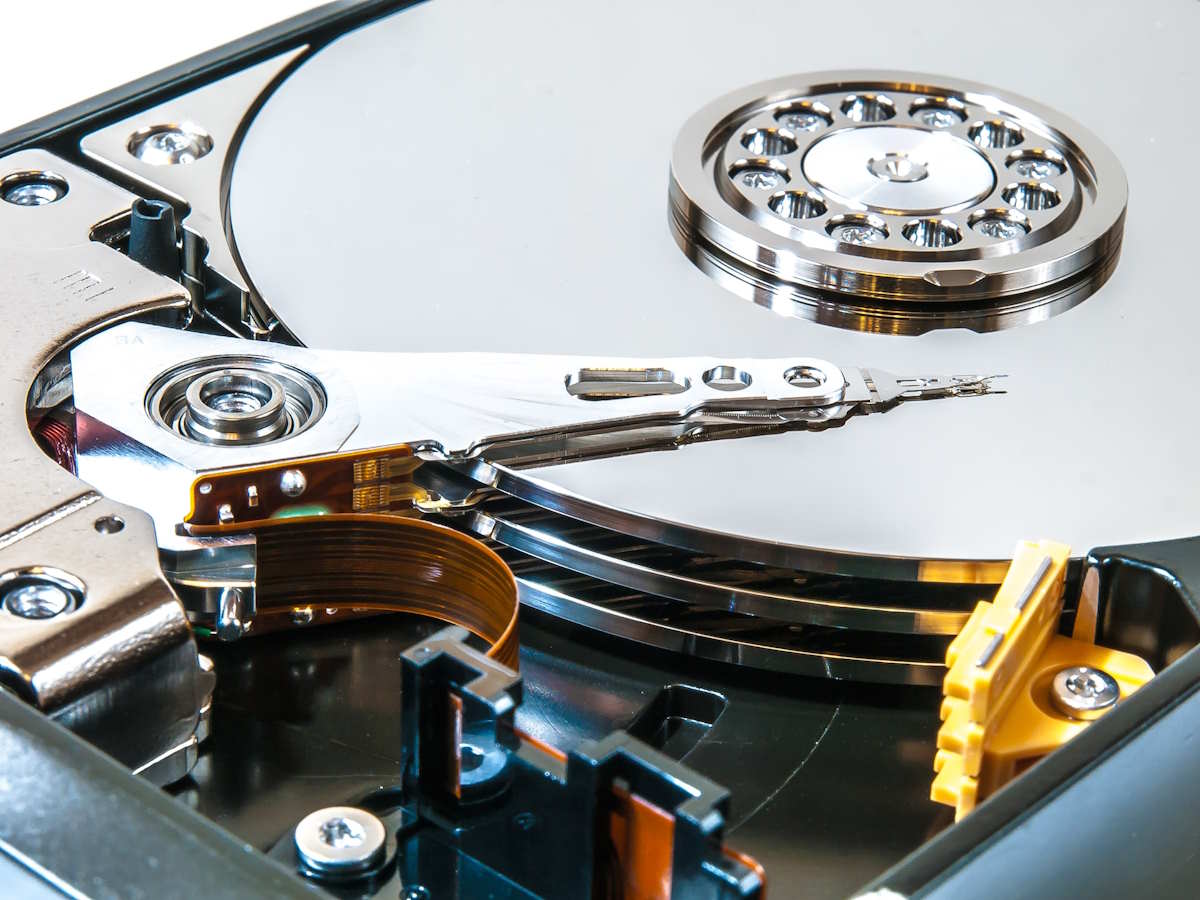In the digital age, information is power, and losing it can feel like losing a piece of yourself. Whether it’s treasured photos, critical work documents, or irreplaceable music collections, data holds memories, livelihoods, and sometimes, secrets. Protecting this precious cargo from the ever-lurking threat of data loss is a responsibility we all share. While no storage solution is foolproof, understanding the vulnerabilities of both SSDs (Solid State Drives) and HDDs (Hard Disk Drives) and implementing preventative measures can significantly reduce the risk of losing what matters most.

Understanding the Enemy: SSDs and HDDs Under a Microscope
HDDs, the traditional workhorses of storage, operate like miniature record players. A spinning platter coated with magnetic material stores data, and a read/write head whizzes over it, magnetizing and sensing tiny areas to represent information. This physical contact makes HDDs susceptible to physical damage from bumps, drops, or even excessive heat. Additionally, magnetic media naturally degrades over time, increasing the risk of data corruption.
SSDs, the newer generation of storage, function more like flash memory cards. Data is stored electronically in NAND flash cells, eliminating the need for moving parts. While this makes them significantly more resistant to physical damage, they have their own Achilles’ heel. Each flash cell has a limited number of write cycles, meaning writing and rewriting data eventually wears them out, leading to data loss.
The Fortress Walls: Building a Multi-Layered Defense
Knowing the enemy’s weaknesses allows us to build defenses. Here are some crucial strategies to check this guide both SSDs and HDDs:
1. The First Line of Defense: Backups, Backups, Backups
Think of backups as your data’s moat. No matter how sturdy your internal storage, having copies stored elsewhere is essential. The rule of thumb is the 3-2-1 backup strategy: 3 copies, on 2 different media types, with 1 off-site. Cloud storage, external hard drives, and NAS (Network Attached Storage) units are all viable options. Automate your backups for an extra layer of protection.
2. Arm the Watchtowers: Monitoring and Maintenance
Just like any fortress, your storage needs vigilant watch. Utilize built-in health monitoring tools on both SSDs and HDDs to track performance and identify potential issues early. SMART (Self-Monitoring, Analysis and Reporting Technology) data on HDDs and health logs on SSDs offer valuable insights. Regularly defragmenting HDDs and optimizing SSDs improves performance and reduces stress on the drive.
3. Fortify the Gates: Security and Software Protection
Data breaches and malware attacks are ever-present threats. Invest in robust antivirus and anti-malware software to keep your system shielded. Strong passwords and encryption for sensitive files add another layer of protection. Regularly update your operating system and applications to patch vulnerabilities that malicious actors can exploit.
4. Wield the Shields: Smart Data Management
Treat your data with respect. Don’t overload your drives, especially SSDs, as it can accelerate wear and tear. Leave some free space (10-20% on SSDs) for optimal performance and write leveling. Avoid abrupt shutdowns and sudden power outages, as these can corrupt data. Regularly organize and declutter your files to avoid losing track of valuable information.
5. Plan for the Worst: Contingency Measures
Even with all these measures in place, accidents happen. Familiarize yourself with data recovery tools and services, both software and professional. However, remember that data recovery is not always successful, so prevention is always better than cure.

Beyond the Walls: Remember, Security is Holistic
Data security goes beyond the physical storage device. Regularly update your hardware and software across all devices accessing your data. Secure your network and Wi-Fi connection to prevent unauthorized access. Be mindful of phishing scams and social engineering tactics used to steal your data. Remember, every link in the chain is crucial for a robust defense.
Conclusion: Data Loss is Preventable, Not Inevitable
Losing data can be emotionally and financially devastating. By understanding the vulnerabilities of SSDs and HDDs, taking proactive measures, and remaining vigilant, you can significantly reduce the risk of this digital disaster. Remember, data is precious, and like any valuable treasure, it deserves a well-fortified and meticulously guarded home. So, build your data fortress, implement these strategies, and watch your irreplaceable information thrive under your watchful protection.